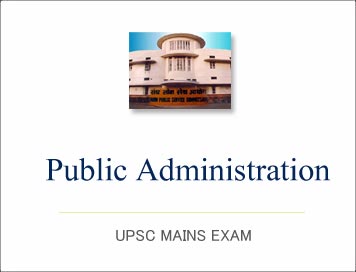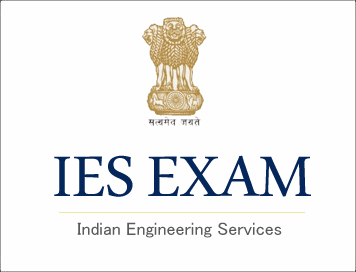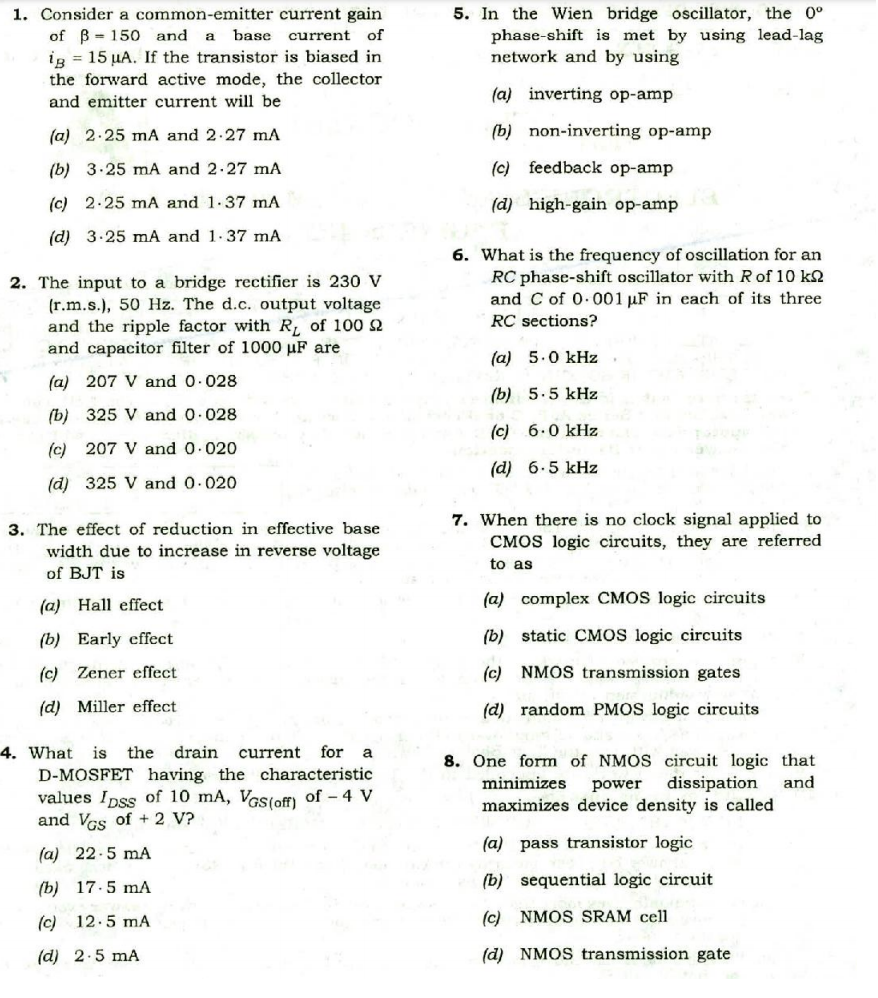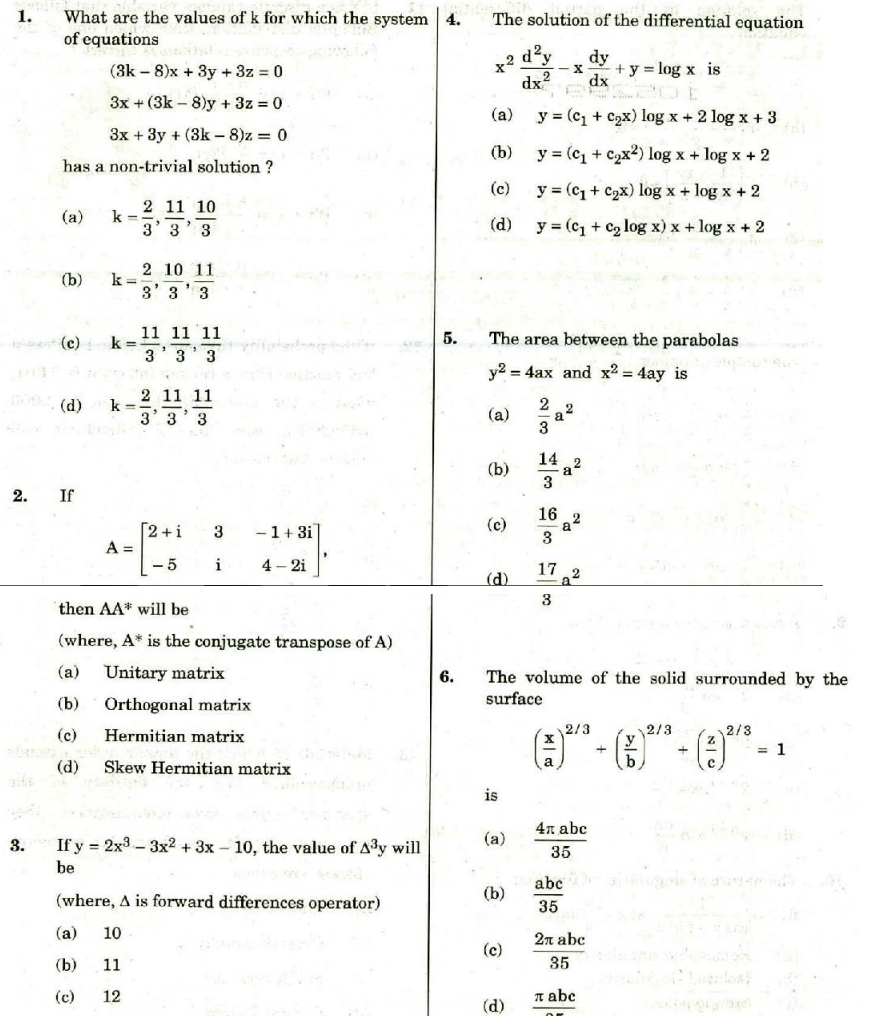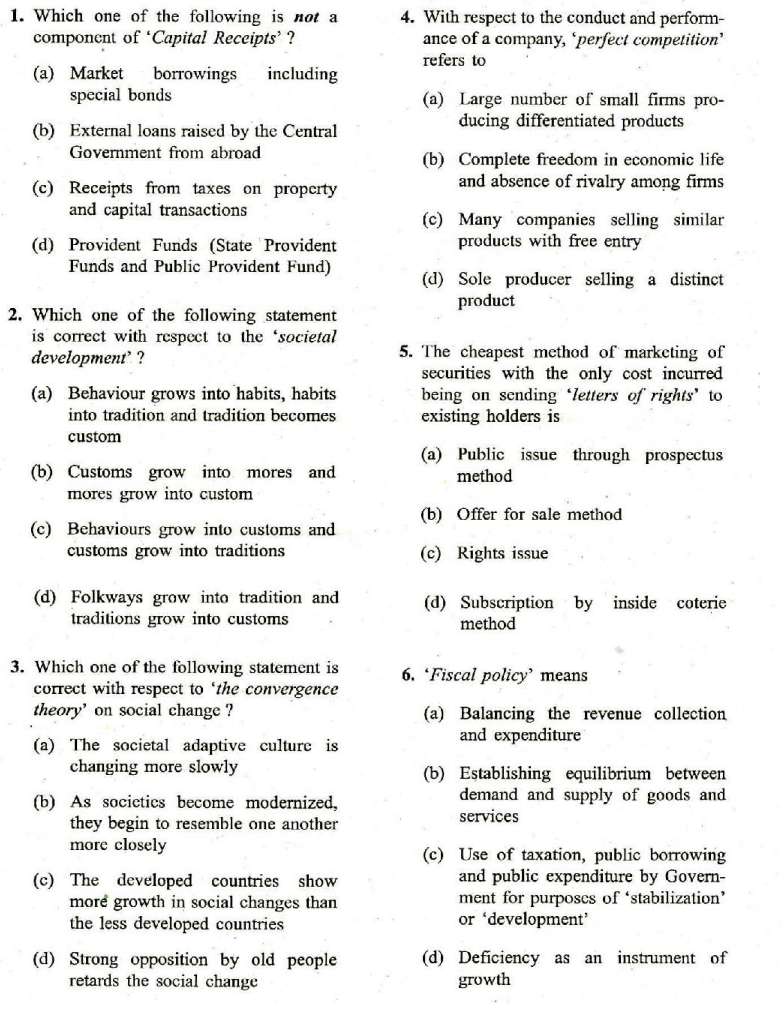
(GIST OF YOJANA) Towards An Inclusive
and Empowered Nation
[DECEMBER-2018]
Towards An Inclusive and Empowered Nation
Digital India is a visionary initiative of the Prime Minister to transform India
by leveraging the power of information technology. It is aimed to empower the
poor and the underprivileged by using technology that is affordable,
developmental and inclusive. Inclusive growth and empowerment of ordinary
Indians is at the core of Digital India.
Today, India is recognised in the world for its thriving IT industry that is
present in more than 200 cities of 80 countries. Growth of IT industry in India
can be divided into three phases.
Phase-I: During this phase the Indian IT professionals and IT companies
travelled to different parts of the world and established their presence.
Phase-II: During this phase the global IT giants started investing in India and
tapped its vast domestic market. It is a matter of great assurance that India
has the biggest user base for many of IT and Internet companies today.
Phase-III: This is the current phase where India is witnessing great where India
is witnessing great growth in innovation and entrepreneurship led startups which
are mostly founded by young Indians. The efforts of our government to encourage
Startups has paid rich dividends and today India has emerged as the third
largest Startup ecosystem in the world.
Digital Identity
Digital Identity is the key to unlock access and potential of the Digital India
Programme. To provide a unique digital identity, Aadhaar has covered around 122
crore residents of the country. It has provided a digital identity to supplement
the physical identity of individuals for delivery of various social welfare
programmes and enabled portability. It has curbed leakages and corrupt practices
from the public welfare delivery mechanism. Today, financial entitlements under
434 Government services are being delivered using Aadhaar based Direct Benefit
Transfer, which has been discussed in detail in the subsequent paragraphs. The
Supreme Court, in its historic judgment on Aadhaar, has not only upheld the
Constitutional validity of Aadhaar but also described it as a tool for
empowerment of poor people.
Digital Infrastructure: Building robust digital infrastructure is essential for
the success of Digital India.
Bharat Net
Bharat Net aims to provide high speed internet in rural areas of India by
building optical fibre network connecting all the 2.50 lakh Gram Panchayats of
India. About 2,32,689 kilometers of optical fibre have been laid, connecting
1,19,947 Gram Panchayats by 3rd November 2018.
National Knowledge Network
National Knowledge Network (NKN) is a state-of-the –art network to promote
collaboration and exchange of knowledge among educational and research
institutions. Some of the NKN enabled applications are: virtual Classroom,
Collaborative research groups over NKN NDL, NPTEL, various Grids etc. As on
October, 2018, 1672 Edge links to Institution have been commissioned and made
operational under NKN across the country which includes 388 links migrated from
NMEICT to NKN. 497 district links to NIC district centers have also been
commissioned under NKN.
The growth of digital payments ecosystem is set to transform the economy. Over
the past four years digital payment transactions have frown multifold from 316
crore transactions in 2014-15 to 2071 crore transactions in 2017-18. Today, BHIM-UPI
platform and RuPay debit cards have become very popular digital payment
instruments for sending, collecting the money and for payments at merchant
outlets.
GI Cloud (Meghraj)
In order to utilize and harness the benefits of Cloud Computing, this initiative
aims to accelerate delivery of e-services in the country while optimizing ICT
spending of the Government. This has ensured optimum utilization of the
infrastructure and speed up the development and deployment of eGov applications.
More than 890 applications are running on 15300 virtual servers.
eSign
eSign Electronic Signature Service in an innovative initiative for allowing
easy, efficient, and secure signing of electronic document by authenticating
signer using e-KYC services. Some applications enhancing services delivery are
Digital Locker, e-filing Financial Sector, account opening in banks and post
offices, driving licence renewal, vehicle registration, certificates for birth,
caste, marriage, income certificate etc. 5 e-sign providers have been on-boarded
and more than 5.89 crore e-Signs have been issued.
Digital India for Better Governance
JAM (Jan Dhan- Aadhaar-Mobile) Trinity for Direct Benefit Transfers (DBT)- The
combination of 32.94 crore Jandhan Bank accounts, 121 crore mobile phones and
digital identity through 122 crore Aadhaar is helping the poor receive the
benefits directly into their bank accounts. Financial entitlements under 434
Government schemes are being delivered through Direct Benefit Transfers. In the
last five years a total of Rs. 5.09 lakh crore have been transferred directly
into the bank accounts of beneficiaries leading to a saving of Rs. 90,000 crore.
This has not only enhanced efficiency of service delivery mechanism but also
eliminated leakages and curbed corruption.
Digital Payments- The growth of digital payments ecosystem is set to
transform the economy. Over the past four years digital payment transactions
have grown multifold from 316 crore transactions in 2014-15 to 2071 crore
transactions in 2017-18. Today, BHIM-UPI platform and RuPay debit card have
become very popular digital payment instruments for sending, collecting the
money and for payments at merchant outlets. In September, 2018, more than 48
crore transaction of value Rs 74,978 crore were made using BHIM-UPI platform.
BHIM-UPI is a unique mobile based payment innovation of India that is being
appreciated world over.
UMANG has put the power of governance in the hands of common people. It
is a single mobile app that offers more than 307 government services. The target
is to provide more than 1200 digital services on a single mobile app. More than
8.4 million users have downloaded this app since its launch in November 2017.
Now, instead of surfing various websites for availing government services,
citizens can just use one mobile app and also access it in 13 different
languages. It is now possible to eliminate the need to carry any paper to avail
a government service. With more than 1.57 crore registered users, 68 issuers and
27 requesters, Digi Locker provides access to over 336 crore certificates in
digital format on a single platform
Digital Delivery of Services has spread and is now easily available to
common people either through a dedicated portal or on UMANG mobile app. Some of
these popular digital services are:-
National Scholarship Portal has become a one stop shop for all the
scholarship needs of students. It has 1.08 crore students registered with
scholarships worth Rs 5259 crore disbursed in the last years.
Jeevan Pramaan for ease of verification of pensioners using Aadhaar
digital identity. 73 Crore Digital Life Certificates have been submitted since
2014.
eHospital and Online registration services aim to ensure that patients
can get easy access to doctors. Implemented in 318 hospitals 5.6 crore eHospital
transactions have taken place in all States since September 2015.
Soil Health Card: National Soil Health Card scheme was launched in 2015 to
provide information on soil health digitally. So far, 12 crore cards have been
issued.
eNAM: Electronic National Agriculture Market (eNAM) is a pan- India electronic
trading portal which network the existing Agriculture Produce Marketing
Committee (APMC) Mandis to create a unified national market for agricultural
commodities. Over 585 markets in 16 States have already been integrated. It had
around 93 lakh farmers and 84,000 traders registered.
Digi Locker: It is now possible to eliminate the need to carry any paper
to avail a government service. With more than 1.57 crore registered users, 68
issuers and 27 requesters, Digi Locker provides access to over 336 crore
certificates in digital format on a single platform. Various important documents
like PAN card, driving license, Aadhaar etc. can be stored in digital form on
Digi Locker.
eVisa: Services of e-Visa involves complete online application for which
no facilitation is required by any intermediary/agents etc. E-Tourist Visa has
been introduced for tourists coming from 163 countries at 24 airports and at 5
Sea Ports. Since the launch of the scheme more than 41 lakh eVisas have been
issued.
eCourts: With eCourts mobile app and portal it has become easy to keep a
track of case status of cases going on in different courts across India. Lawyers
and litigants can also avail notification services about their cases.
National Judicial Data Grid: This is a comprehensive data base of 9.16
crore court cases and 5.63 crore court judgements that has been integrated with
the eCourts. It provides information on cases pending, cases disposed and cases
filed in both High Court and District Court complexes in the areas of civil and
criminal cases.
GeM: Government eMarketplace is a transparent online marketplace for
government procurements. Over 29,812 Buyer Organizations, 1,55,821 Sellers and
Service Providers and 6,01,749 products have been registered on this platform.
This has not only brought transparency in Government procurements but has also
created opportunities for micro, small and medium enterprises to sell their
products to Government departments and PSUs
Digital India for Employment, Entrepreneurship & Empowerment
Digital Service delivery near door-step (Common Services Centers) A vast network
of more than 3.06 lakh of digital services delivery centres, spread across 2.10
lakh Gram Panchayats of the country has been created to provide access to
digital services especially in rural areas at an affordable cost. Theses centres
have also led to empowerment of marginalized sections of the society by creating
jobs for 12 lakh people and by promoting rural entrepreneurs, out of which
60,055 are women. CSCs have also undertaken the Stree Swabhiman initiative to
create awareness about menstrual health and hygiene among rural women. Under
this initiative, more than 300 micro sanitary pad manufacturing units have been
opened in rural areas. These units have not only provided livelihood opportunity
to rural women but have also made low cost sanitary pads locally available.
Digital Literacy for the Masses
In line with the objective to make one person e-literate in every household in
the country, two schemes were launched viz. NDLM and DISHA, wherein a total of
53.7 lakhs person were trained and certified in Digital Literacy in the country.
In line with the earlier schemes, Government has approved a new scheme “Pradhan
Mantri Gramin Digital Saksharta Abhiyan to usher in digital literacy in rural
India to cover 6 crore rural households. So far, a total of 1.47 crore
candidates have been enrolled under the PMGDISHA Scheme, out of which 1.43 crore
candidates have been trained and 74.5 lakh candidates have been certified. This
is the largest digital literacy mission of the world.
BPO Promotion in Small Towns
To create employment opportunities for local youth and secure balanced regional
growth of Information Technology and IT Enabled Services Sector in each State,
India BPO Promotion Scheme and North East BPO Promotion Scheme have been
launched under Digital India Programme. Today, more than 230 BPO units have come
up in about 100 small towns of India across 20 States and 2 Union Territories,
including in places like Visakhapatnam, Bhimavaram, Jammu, Sopore, Shimla,
Patna, Muzaffarpur, Sagar, Nashik, Nagpur, Sangli, Aurangabad, Jaipur, Amritsar,
Gwalior, Coimbatore, Madurai, Auroville, Bareilly, Lucknow, Kanpur Guwahati,
Kohima etc.
Promotion of Electronics Manufacturing
Government of India has undertaken various initiatives to promote electronics
manufacturing in India, with the target to reduce imports. The Phased
Manufacturing Programme for mobile phones was launched with the goal of widening
and deepening the mobile handsets and components manufacturing ecosystem in
India. From 2 units in 2014, we now have 127 units manufacturing mobile handsets
and components. The duty on import of mobile components fell from over 29
percent to 12.5 percent in 2016- 17 and domestic mobile handset manufacturing
output increased from 60 million units in 2014-15 to 225 million in 2017-18. The
ministry of Electronics and IT has received 245 applications for investing over
$8 billion under the government’s Modified Specific Incentive Package Scheme, of
which it has approved 142 applications representing investments. Out of these,
74 companies have started commercial production. This has created more than 4.5
lakh job opportunities. There are about 35 manufacturing units of LCD/LED TVs
and 128 units of LED products in the country. Under Electronics Manufacturing
Cluster Scheme. MeitY has accorded approval to 23 projects in 15 states across
the country.
Initiatives in Emerging Technology
Centres of Excellence are being set up in the areas of internet of Things,
Internal Security, Large Area Flexible Electronics, Intellectual Property
Rights, Tactile Graphics for visually impaired, Agriculture and Environment,
ESDM, Fintech, Language Technology, Automotive Electronics, Virtual Augmented
Reality, Medical Tech and Health Informatics, Block Chains, Gaming and
Animation, and Biometrics.
Cyber Security
To create an inclusive, safe and secure cyberspace for sustainable development,
the Cyber Swachhta Kendra has been set up to provide alerts to users for
preventing losses of financial and other data. The centre is providing facility
to clean botnets in real time. National Cyber Coordination Centre has been made
operational in 2017.
Way Forward
In the 21st Century, Digital Economy has emerged as a key drivers for global
economic growth and will also effectively address common global challenges
including energy, environment and inequality. Digital technologies offer new
opportunities for businesses, workers and citizens to engage in economic
activity and to enhance efficiency.
India is today among the top three global economies of digital consumers.
Concerted efforts to facilitate and promote process of digitization including
upgrading digital infrastructure, augmenting capacity to develop standards and
testing electronics manufacturing with appropriate incentives, developing
capacity to harness emerging technologies and strengthening cyber security as
more services, including digital payments, permeate the economy has the
potential to create a trillion-dollar digital economy by 2025.
India’s digital story is one of digital empowerment and digital inclusion for
digital transformation based on technology that is affordable, inclusive and
equitable. The Digital India Programme is generating pathways to a future
powered by technology and achieving a high growth of our Digital Economy to
reach a level of trillion Dollars by 2025.
PM Launches historic Support and Outreach Initiative for MSME Sector
The Prime Ministry launched a historic support and outreach programme for the
Micro, Small and Medium Enterprises sector. As part of this programme, the Prime
Ministry unveiled 12 key initiatives which will help the growth, expansion and
facilitation of MSMEs across the country.
Access to Credit
Launch of the 59 minute loan portal to enabled easy access to credit for MSMEs.
Link to this portal will be made available through the GST portal.
2 percent interest subvention for all GST registered MSMEs, on fresh or
incremental loans.
All companies with a turnover of more than Rs. 500 crore, must now compulsorily
be brought on the trade Receivables e-Discounting System. Joining this portal
will enable entrepreneurs to access credit from banks, based on their upcoming
receivables resolving problems of cash cycle.
Access to Markets
Public sector companies asked to compulsorily procure 25 percent, instead of 20
percent of their total purchases, from MSMEs. Out of the 25 percent procurement
mandated from MSMEs, 3 percent must now be reserved for women entrepreneurs.
- All Public Sector undertaking of the Union Government must now
compulsorily be a part of Gem.
- Technology Up Gradation
- 20 hubs will be formed across the country the country, and 100 spokes in
the form of tool rooms to be established.
- Ease of Doing Business
- Clusters to be formed of pharma SMEs - 70 percent cost of establishing
these cluster will be borne by the Union Government.
- The return under 8 labour laws and 10 Union regulations must now be
filed only once a year.
- Establishments to be visited by an Inspector will be decided through a
computerized random allotment.
Under air pollution and water pollution laws, now both these have been merged as
a single consent,- the return will be accepted through self-certification.
Ordinance had been brought, under which, for minor violations under the
Companies Act, the entrepreneur will no longer have to approach the Courts, but
can correct them through simple procedures.
Social Security for MSME Sector Employees
A mission to be launched to ensure that they have Jan Dhan Accounts, provident
fund and insurance. The Prime Minister said that these decisions would go a long
way in strengthening the MSME sector in India and implementation of this
outreach programme will be intensively monitored over the next 100 days.



